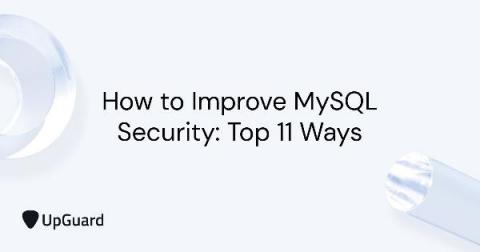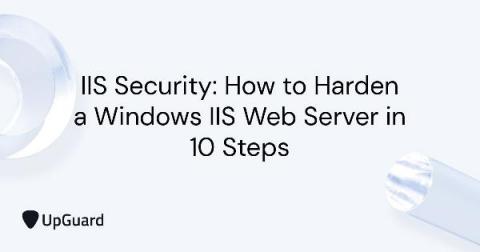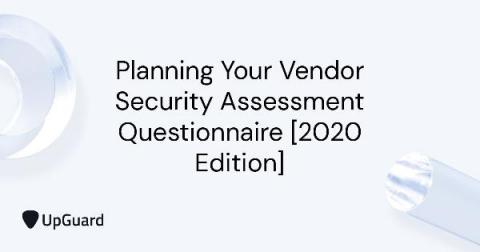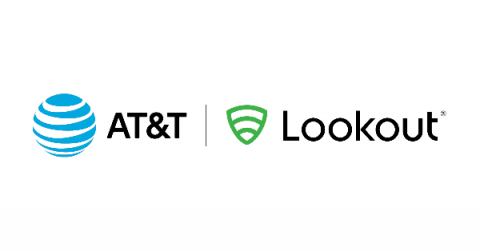How to Improve MySQL Security: Top 11 Ways
In the pantheon of open source heavyweights, few technologies are as ubiquitous as the MySQL RDBMS. Integral to popular software packages like WordPress and server stacks like LAMP, MySQL serves as the foundational data platform for a vast majority of websites and cloud services on the internet today. Unfortunately, its popularity translates to more commonly known attack vectors and security exploits —the following are 11 ways to shore up MySQL security and protect your data more effectively.











